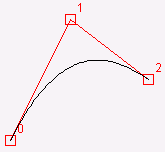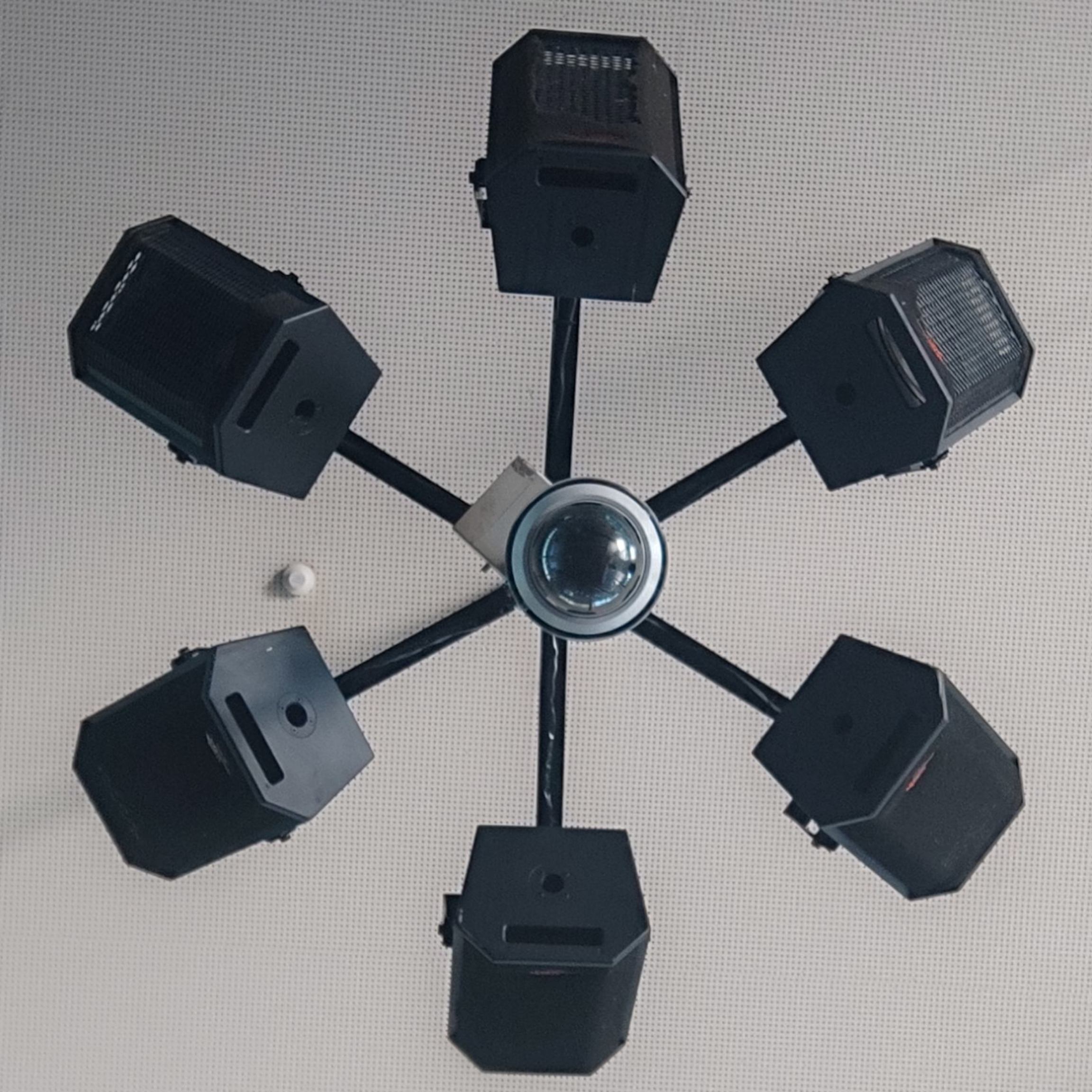Another cloud free day in Scotland let me catch almost 9 hours of this huge and lively prom. Taken with my home made 90mm modded Coronado PST and DMK21 camera. Software: CdC, Eqmod, DSSR, AutoStakkert!, Wavesharp, DVS, Shotcut and Gimp.
David Wilson on April 8, 2025 @ Inverness, Scotland
https://spaceweathergallery2.com/indiv_upload.php?upload_id=221951
The “earth to scale” really boggles my mind 🫨
Thank you, I didn’t even see that.
Needs banana
It’s there, you just gotta zoom in a bit.
There is banana on the Earth
it really puts things in perspective…
All that energy and here we are burning oil like cavemen in the dark.
Caveman didn’t burn oil 🤓
They might have soaked fabric or some other material in animal fat (which is just oil that’s solid at room temperature), wrapped it around the end of a stick, and lit it on fire. 🤓🤓
checkmate communists
And, if they did, it probably wouldn’t be dark anymore.
Well I can’t ram the sun up the ass of my Silverado. Although if I outlive that thing, I’m replacing it with a horse or something. New vehicles freak me out man.
Come on tell tech daddy where you go on weekdays & weekends for how long at what speed with how many passengers!
You know any efficient way to harness that energy?
Solar panels?
Haven’t seen a solar panel that can take a cloud of plasma many times the size of earth.
The most efficient, a NASA solar panel that cost tens of thousands of dollars and uses fucking gold foil, is only 30% efficient. So try again.
Who said you need to catch all of it in a single panel??
The reason nasa goes overboard (though, not really), is because it’s worth it for space stuff. On the surface we have an abundance of space
Modern residential solar panels are around 22-24% efficient.
And why are you worried about the rest of that energy? You worried it’s gonna be lost?
Yeah just grab a handful.
Doesn’t take a genius: Dyson Sphere
Doesn’t take a genius
Dyson Sphere
I assume that’s sarcasm 😂
Roughly you need at least 906.000 km² of 1x1m solar panelling.
I know a guy.
That’s actually not the worst. It seems doable to produce that much square area of solar panels, even for a civilization like us. We need about 500 000 square kilometers of solar panels on the Earth’s surface to power our global electrical needs. This is within the realm of possibility
The more tricky part is to actually position it around the sun, that part is what makes it impossible for our current tech level and space infrastructure
Yeah the possibilities of a solar field on the moon is much more sensible.
It never loses suction
Corn has been doing that. We only need to wait for the oil lobby to die and then science will probably figure things out…
tng dyson sphere, except the star end up killing or causing the civilization to abandon the sphere.
It’s crazy this guy is just doing this on his own. Looks like something from NASA to me.
Looks like the video is about 20 minutes of real time per 1 second of video. There are dops of plasma that fall further than the diameter of Earth in less than one in video second… which means the plasma is falling the more than the diameter of Earth in less than 20 minutes. That’s close to 100,000 mph or 160,000 kph. Dang
About 0.01% of the speed of light. I got a Lorentz factor of 1.00000001 so not quite fast enough for relativistic stuff.
The description states it was ~9h of video
Description says the poster caught 9h of video, but based on the clock watermark in the top left, what is shown is about 7.5h of video (maybe cut for the interesting bits/highest quality) from 0830ish to 1600ish) at a rate of roughly 20 minutes of real time per 1 second video time, as the original commenter pointed out
So dumb question, but what’s causing the gap between the plasma cloud(?) and the surface? And is that gap filled with something that is invisible?
Plasma is electrically charged, so it interacts with magnetic lines.
The sun has magnetic field lines just as the earth does. It also rotates. But- since it’s not solid, it doesn’t have to rotate all at the same speed. The plasma in fast-rotating regions drags the field lines further than the plasma in slow rotating areas, creating weird loops, breaks and reconnections in the field lines. I’m almost certain that what we’re seeing in this lovely bit of photography is a cloud of plasma travelling across, or trapped by one of those rogue field lines which has been pushed upwards from the surface by differential rotation.That’s fascinating. Thank you for sharing!
Nuh-uh, come on, that can’t be real. So cool.
Even cooler: solar flares and mass ejections come about when one of the lines snaps like a whip and hurls billions of tonnes of plasma into space. Search: solar magnetic reconnection.
I see words in this thread but don’t understand, but are you saying here that those streams / clouds are taught? In order to be snapped.
Yes, the material the streams are made of is magnetic, and there is a strong and unusual magnetic field around the sun. So those streams are trapped by magnetism.
The dynamics there due to sheer gravity, magnetism and levels of energy/radiation that are utterly alien to our daily experience.
I get some of the basic underlying mechanics, but I absolutely cannot comprehend it. Incredible.
A guess: doubly ionized helium vs. singly ionized helium. They absorb different amounts of radiation (have different opacity). At high opacity it gathers heat and subsequently expands. At low opacity it lets the heat pass through, subsequently cools and condenses.
(This is the mechanism that makes Cepheid stars regularly and predictably change intensity. The same mechanism is probably present in other stars too, and causes local processes that we cannot observe from another star system… but can observe in the Sun.)
Alternatively, there could be a multitude of other effects doing something similar.
This image is cool as fuck. No! Wait. This image is hot as fuck.
It’s both!
( ͡° ͜ʖ ͡°)
Absolutely amazing that you could capture that with “amateur” equipment, although it is clear from your post that a lot went into this. Bravo!
fuckin love the fediverse
God damned KDE devs at it again /s
If the earth to scale is accurate, the drops coming to the surface might be approximately close to the land mass of a large continent.
Space is fuckin big man
Amazing capture! Easily one of the best I’ve ever seen.
That is mezmerizing. Is there any way to know how big this thing is?
See Banana Earth for scale, top left?
Totally missed that. Thx.
That thing is massive!
We should look at the sun more. Follow me for more good advice.
Is this the actual image your camera sees? Or is it more like heat sensors visualized, or something like that?
“actual image your camera sees” is a term that is hard to define with astrophotography, because it’s kinda hard to define with regular digital photography, too.
The sensor collects raw data on its pixels, where the amount of radiation that makes it past that pixel’s color filter actually excites the electrons on that particular pixel and gets processed on the image processing chip, where each pixel is assigned a color and it gets added together as larger added pixels in some image.
So what does a camera “see”? It depends on how the lenses and filters in front of that sensor are set up, and it depends on how susceptible to electrical noise that sensor is, and it depends on the configuration of how long it looks for each frame. Many of these sensors are sensitive to a wide range of light wavelengths, so the filter determines whether any particular pixel sees red, blue, or green light. Some get configured to filter out all but ultraviolet or infrared wavelengths, at which point the camera can “see” what the human eye cannot.
A long exposure can collect light over a long period of time to show even very faint light, at least in the dark.
There are all sorts of mechanical tricks at that point. Image stabilization tries to keep the beams of focused light stabilized on the sensor, and may compensate for movement with some offsetting movement, so that the pixel is collecting light from the same direction over the course of its entire exposure. Or, some people want to rotate their camera along with the celestial subject, a star or a planet they’re trying to get a picture of, to compensate for the Earth’s rotation over the long exposure.
And then there are computational tricks. Just as you might physically move the sensor or lens to compensate for motion, you may just process the incoming sensor data to understand that a particular subject’s light will hit multiple pixels over time, and can get added together in software rather than at the sensor’s own charged pixels.
So astrophotography is just an extension of normal photography’s use of filtering out the wavelengths you don’t want, and processing the data that hits the sensor. It’s just that there needs to be a lot more thought and configuration of those filters and processing algorithms than the default that sits on a typical phone’s camera app and hardware.
Not OP, but solar photography requires super dense filters so like sunglasses alter what you see from “actual” the filters also alter the image from “actual” yet this is what would “actually” be “seen” by the camera. So yes and no depending how you want to interpret “actual”.
Thanks, this makes sense. I’ve heard there are some great astronomy photos where what we are seeing isn’t actually visible to the naked eye. Rather it’s invisible gases or something, and the photos are just visualizations based on assigning colors to density… I guess I was wondering if it was something like that. It sounds like it’s not.
When they sense invisible electromagnetic wavelengths like xrays or microwaves and “assign” colors to completely invisible wavelengths then that is false color imaging. Possible to do with the sun… but unlikely with an amateur rig.
It’s like raiiiiiiiaaaaaiiiiiiiin…
Cool shot!















